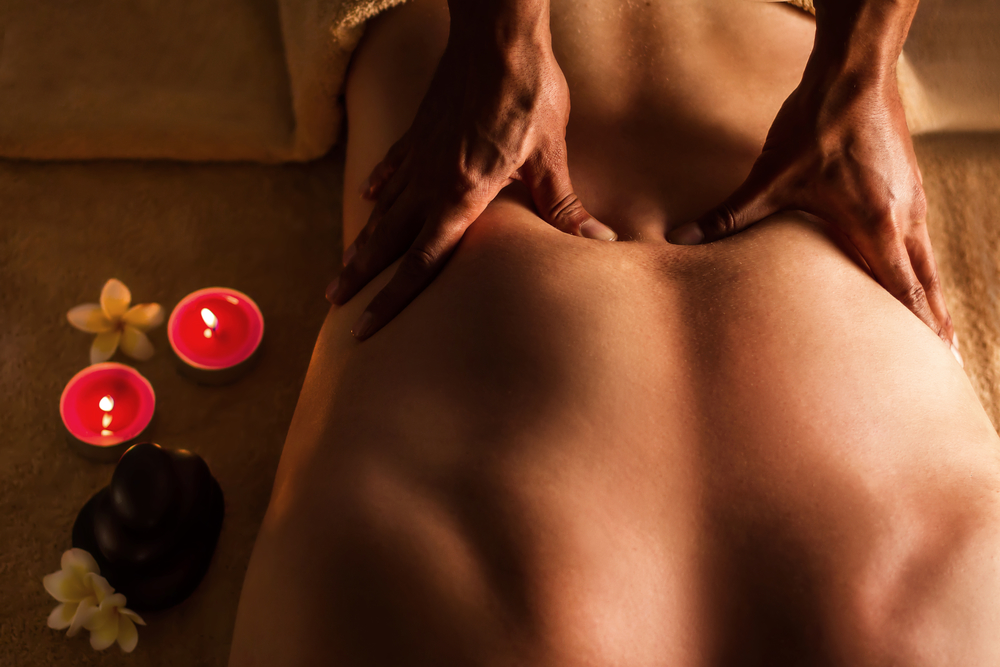Massage boosts circulation by physically assisting the movement of fluids through the body. Long strokes milk the muscles, pushing blood back toward the heart, which is why massage therapists generally work from the extremities toward the centre of the body. Lighter strokes encourage blood flow near the skin’s surface, which not only aids circulation, but will also improve the health and appearance of the skin.
One massage speciality, lymphatic drainage, concentrates on moving lymph fluids. The lymphatic system does not have a pump like the blood has with the heart, relying instead on everyday muscle movements to circulate the lymph nodes for filtering. With lifestyles becoming increasingly sedentary, this is not always reliable, and oedema can set in.
Massage has shown promise for helping to manage blood pressure and elevated heart rate, two risk factors for heart disease and stroke. In one study, patients with controlled hypertension saw reduced blood pressure readings after massage sessions, while a control group that did self-guided relaxation exercises did not.
Neck massage in particular seems to show a great benefit to relieve blood pressure. Researchers from Leeds University posit that neck muscles may be instrumental in sending messages to the brain that keep blood pressure regulated when people stand or sit, and tension in neck muscles may interfere with the signalling system.
This only applies to patients whose blood pressure, even if high is being managed. Massage can exacerbate unregulated high blood pressure.











